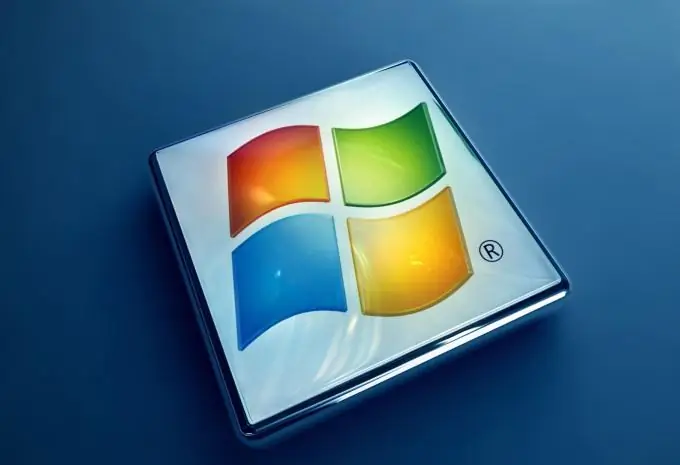Under the condition of normal operation of the personal computer, the Windows operating system starts automatically after it is turned on. However, in some cases this does not happen, for example, when Windows for one reason or another stops functioning normally or incorrect BIOS settings are set. In such cases, it becomes necessary to enter the BIOS to start Windows.

Instructions
Step 1
BIOS (Basic Input-Output System) is a small intermediary program between the components (physical parts) of a personal computer and the operating system. The BIOS is built into the computer's motherboard.
The main opportunity for the user to enter the BIOS exists, as a rule, only at one short moment - within a few seconds after turning on the computer, when the computer boots up. On the monitor screen (usually at the bottom) at this moment the following message appears: “: BIOS Setup”, “Press DEL to enter setup” or similar.
Step 2
To enter the BIOS, in most cases, at the specified moment, press the Delete (Del) button on the keyboard. In some cases, instead of the Delete key, it is required at this moment to press the Esc, Ins or F2 key, less often F1 or F10. There are also BIOS versions, to enter which you need to press two or three different keys at the same time. Usually, on the monitor screen at the above-described moment of computer startup, it is indicated which keys must be pressed to enter the BIOS.
Step 3
After entering the BIOS, select the "Boot" section using the arrow buttons located on the keyboard and press the Enter key. Then, in the same way, select the subsection “Advanced BIOS Features” and then “Boot device Priority”, “Boot device Select”, “Boot Sequence” or a similar name).
Step 4
Further actions of the user depend on the reason why Windows does not start:
If the reason is that the computer is trying to boot Windows not from the hard disk where it is installed, then in the “First Boot Device” item, specify “Hard disk” (“HDD”, “IDE”, “Hard Drive”).
If the reason is that the operating system is damaged or does not work correctly, then you need to insert the Windows installation disc into the computer's disk drive and specify “CD / DVD-ROM” in the “First boot device” item.
After that, you need to select the action "Save and Exit Setup", or first press the Esc key on the keyboard, then select the "Exit" menu and then "Save settings and exit".
In the first case, the next time the computer is turned on, the operating system will boot. In the second case, when you turn on the computer, the Windows installation disc will start, and to find and fix errors in the operating system, you will need to follow the instructions that will appear on the monitor screen.






